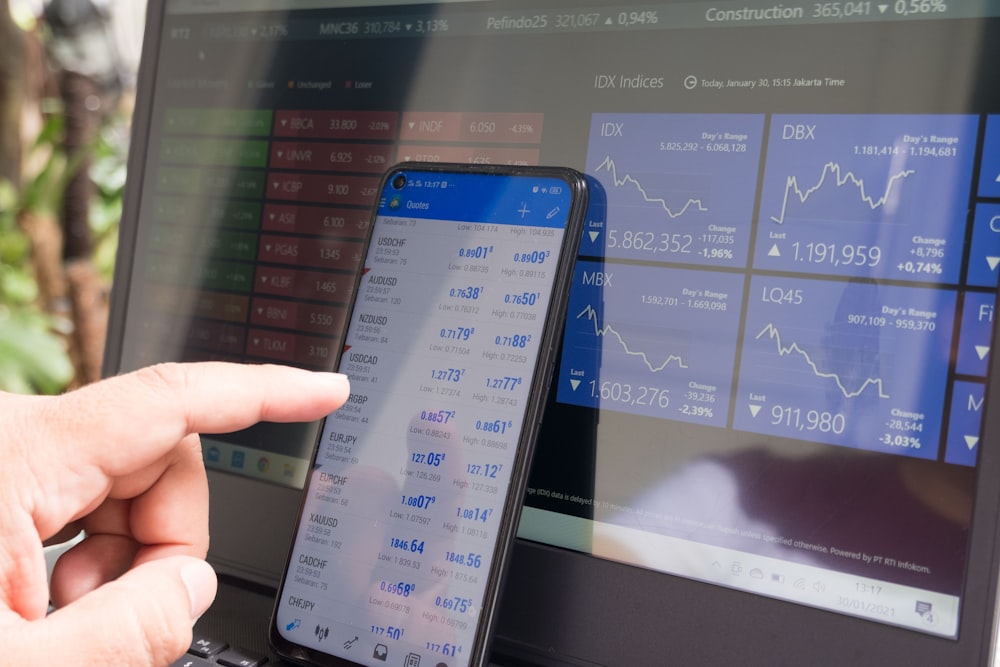

U.S. stocks maintained strength on Thursday, with the S&P 500 comfortably above the 6,100 mark and the Dow up by over 250 points. Investors appear to be interpreting President Trump’s pro-business signals—ranging from lower taxes to higher domestic energy output—as catalysts that could extend the current rally, especially for industrial and energy-related companies.Markets also took note of promising corporate earnings, demonstrated by GE’s significant gains and renewed optimism in the rail sector following Union Pacific’s UNP results. Although these factors brightened investor sentiment, partial profit-taking among technology giants like Nvidia NVDA, Apple AAPL, and Microsoft MSFT highlighted the possibility of near-term rotation between growth and value sectors.In this environment, one potential scenario for investors involves a consistent push by the new administration toward lower corporate taxes and stronger infrastructure spending. Should these policy priorities be enacted promptly, industrials and other domestic-focused firms may continue to gain support.In pursuit of long-term growth, some investors could look to position portfolios in sectors that stand to benefit from higher capital expenditures, including materials, construction, and industrial technology providers. Under this scenario, consistent monitoring of corporate guidance will be essential to gauge whether expected fiscal incentives translate into sustained earnings growth or if delays in policy implementation temper investor enthusiasm.Concurrently, a more cautious scenario revolves around the President’s renewed emphasis on tariffs directed toward major trading partners, which could stoke inflationary pressures and increase volatility if global supply chains are disrupted. In the event of stricter tariff policies, exporters may be vulnerable, while companies emphasizing domestic production could see a relative advantage.Some investors might adopt a hedging stance or selectively rotate holdings into more defensive sectors if rhetoric around tariffs escalates or if specific measures are enacted. Keeping a watchful eye on diplomatic developments and any immediate global reactions to new trade policies could be a key step in navigating short-term uncertainty.On the policy side, the Federal Reserve’s upcoming meeting commands particular attention. While most analysts anticipate no immediate change in the federal funds rate, the President’s repeated calls for lower interest rates may encourage speculation that the Fed could adjust its stance if growth or inflation conditions shift substantially. This could result in a balancing act for investors, who face the task of positioning for potential rate cuts in the third quarter while also preparing for the possibility of higher yields if markets sense a prolonged run of expansionary fiscal measures. One approach could involve maintaining a flexible allocation to both interest-rate-sensitive assets and inflation hedges, given the possibility that rapid changes in monetary policy expectations might create sharp moves in bond yields.Currency markets remain sensitive as well, with the US dollar index near 108.2. Additional clarity surrounding tax incentives for companies operating domestically versus abroad could either reinforce dollar strength or generate periods of volatility. In a scenario where US-based production receives robust tax incentives and global supply chains face higher trade barriers, the dollar might attract capital inflows, though short-lived pullbacks could occur if foreign markets react counterintuitively or if economic data suggests slower US growth. Mindful currency hedging strategies may help protect portfolios should shifting trade policies lead to unpredictable exchange-rate movements.Meanwhile, the 10-year US Treasury yield has inched higher toward 4.65%, reflecting a market reassessment of inflation and growth trajectories under the President’s proposed expansions in fiscal policy and infrastructure investment for advanced technologies like AI. This underscores a final scenario where rapid growth and firmer labor markets pressure yields upward, even as the market prices in at least one rate cut later this year.While the uptick in recurring unemployment claims underscores the economy’s softer spots, the labor market remains historically strong, and policymakers may opt to stay vigilant. For investors pursuing fixed-income opportunities, it could be worthwhile to consider duration strategies that balance the potential for yield volatility with the benefits of exposure to higher-rated corporate or government bonds. This approach may offer a measure of protection against broader market swings while still capturing incremental yield in a rising-rate environment.Looking ahead, we maintain a constructive, albeit measured, outlook for equities. Pro-growth agendas and solid corporate earnings can underpin market gains, though persistent attention should be paid to tariff announcements, monetary policy developments, and any overt shifts in economic data. A prudent approach might combine selective exposure to growth-oriented sectors with cautious positioning in assets that traditionally perform well during periods of potential volatility. As new administration policies take shape, we encourage diligent review of policy updates, earnings statements, and economic data to remain agile in shifting market conditions.More By This Author:Energy Markets Pull Back
Trump’s Meme Coin Surges To $12 Billion Valuation As Bitcoin Hits Record High, Spotlighting Regulatory And Political Risks
U.S. Equities Rally Amid Easing Inflation Signals, Tech Gains, And Focus On Fed Policy Under Trump’s Second Term












